A Man for All Species

All creatures great and small (and spineless) have a friend in Freeland Dunker, who retired this month after 17 years as the Academy’s senior veterinarian. We’re celebrating World Veterinary Day on April 26 by looking back at Dunker’s legendary 43-year career—and flipping through the charts of some of his most fascinating patients.
Dunker earned his DVM at UC Davis in 1982 and spent the next seven years in private practice, treating cattle, horses, sheep, dogs, and cats. His interest in exotic animals led him to an internship at the Riverbanks Zoo in South Carolina and eventually a full-time position at the San Francisco Zoo.
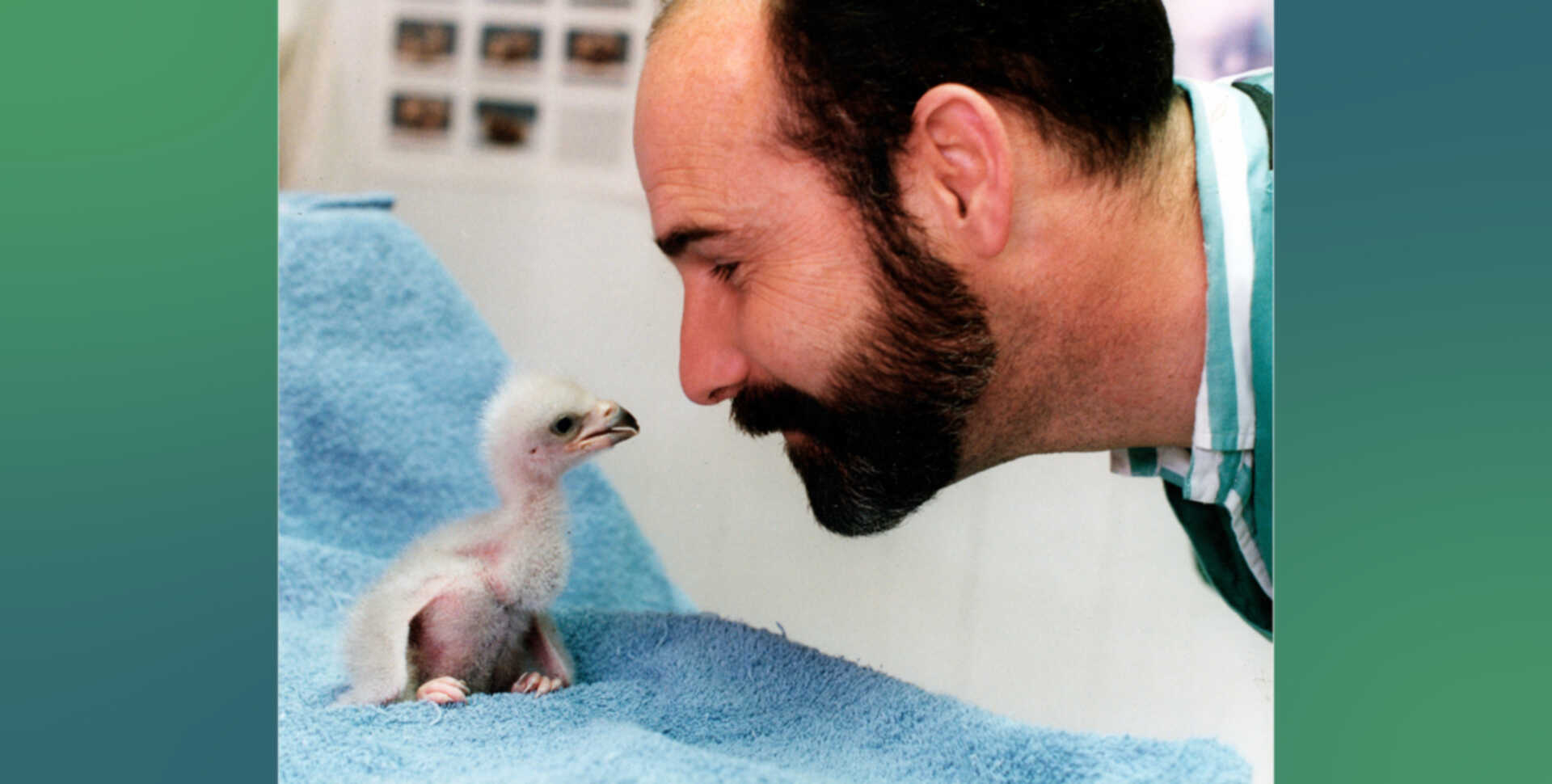
In 1993, while still working at the zoo, Dunker began working one day a week at the Academy. He had been among the first Bay Area veterinarians to work with marine mammals, and so was hired to pioneer a progressive care plan for our harbor seals and Pacific white-sided dolphins.
He transitioned to working full time at the Academy in 2008, as it was preparing to open in the new building with a large enough collection to warrant an in-house, full-time veterinarian.
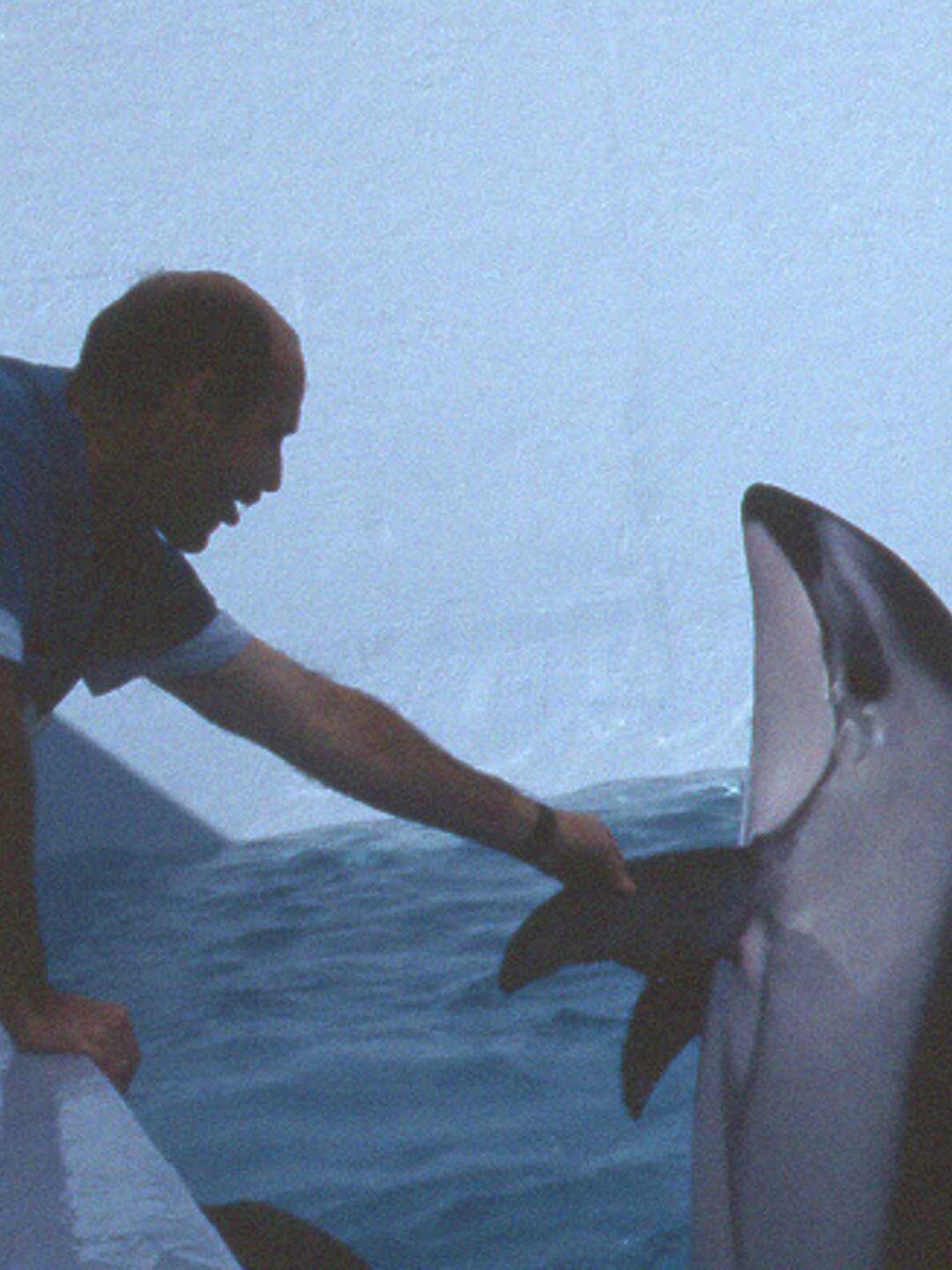
Pacific white-sided dolphins were on exhibit at the Academy until 1995.
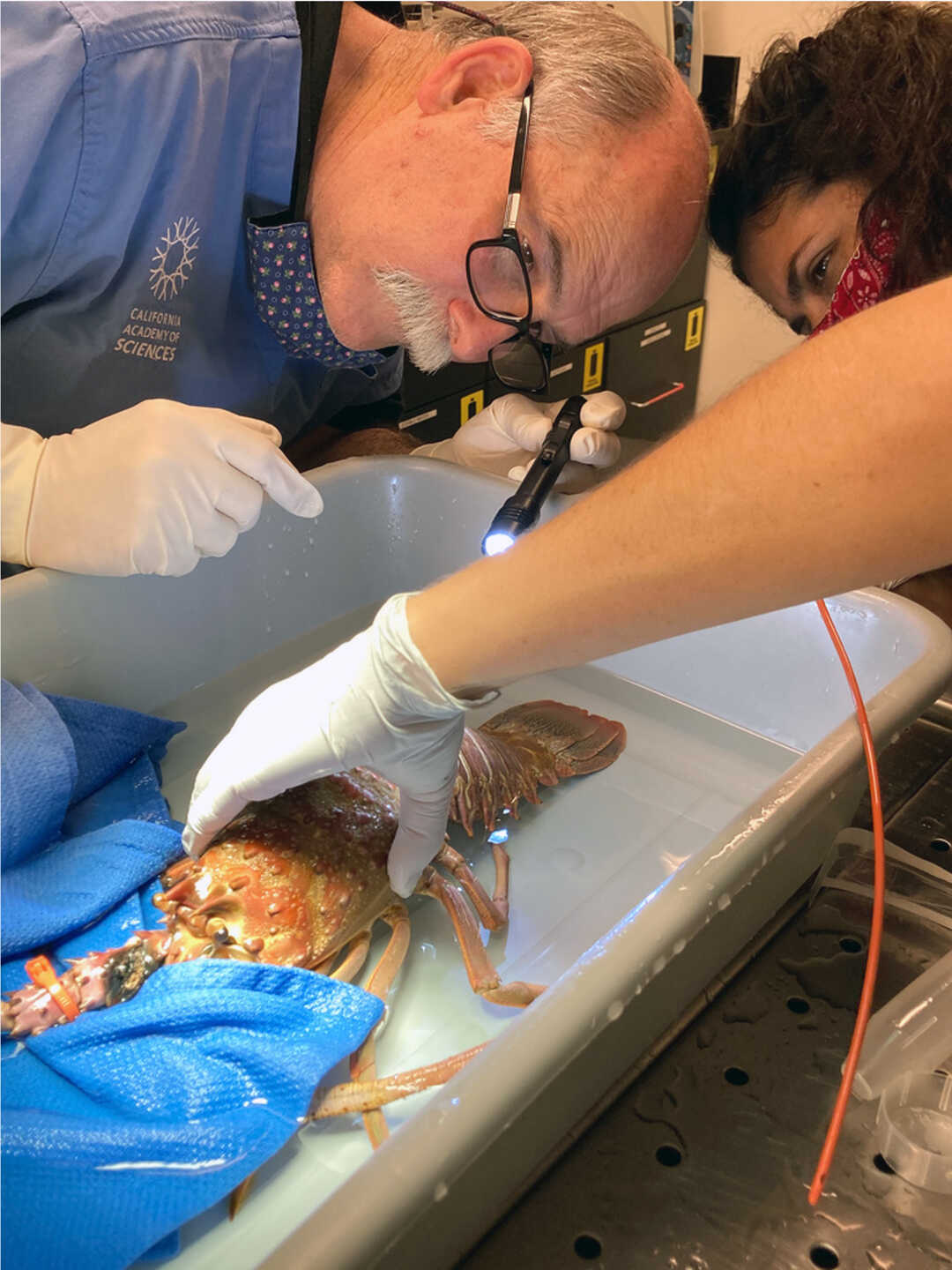
Invertebrates get TLC, too, like this California spiny lobster undergoing an examination.
The majority of Dunker’s and the Animal Health Department’s job is maintaining the ongoing health of the Academy’s extensive living collection, which consists of nearly 60,000 animals representing over 1,000 species. This involves performing physical examinations, administering treatments, and conducting necropsies to determine causes of death after an animal passes. His team also oversees the nutrition plans for Steinhart Aquarium's animals.
By his own estimation, the only animal group Dunker hasn’t treated is manatees. (Sorry, Butterball.)

An African penguin chick still sporting its downy feathers awaits an exam in the Academy’s vet hospital.
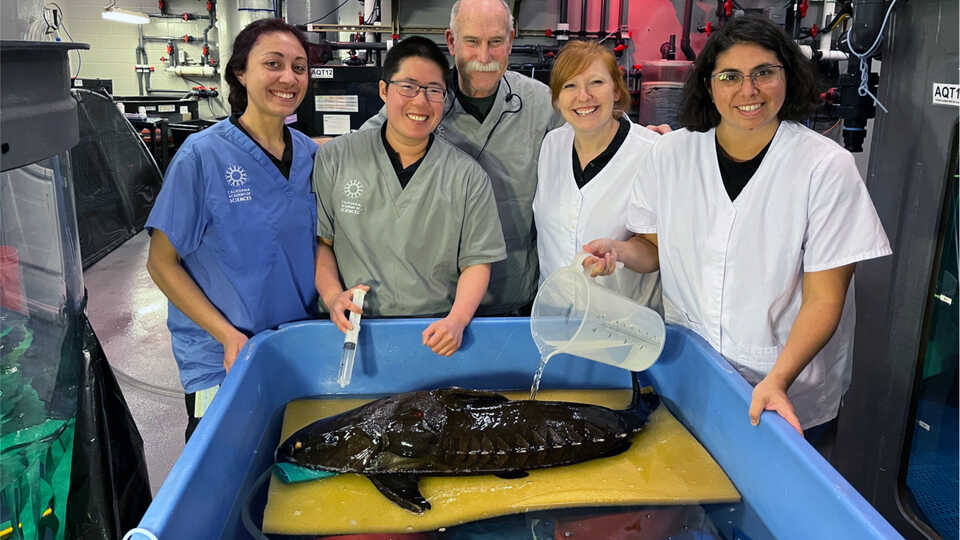
The Animal Health team monitors an armored catfish after surgery for a sinus infection before returning it to the Amazon Flooded Forest.
Of course, veterinary medicine isn’t always predictable. When emergencies arise, Dr. Dunker comes to the rescue.
In 2008, shortly after the new Academy building opened, Claude the white alligator bit off more than he could chew—specifically, a girl’s ballet-slipper-style shoe.
Dunker knew the shoe needed to come out, and that the difficult procedure could require a dress rehearsal.
“My first approach was: Who has the longest arm?” Dunker recalls with a chuckle. He asked a security guard to retrieve the girl’s other shoe to practice on (she left barefoot), and after anesthetizing Claude, the longest-limbed biologist bravely reached down Claude’s throat. His arm didn’t measure up, so a special retrieval instrument was shipped overnight from Shedd Aquarium in Chicago, and the mission was accomplished that week.
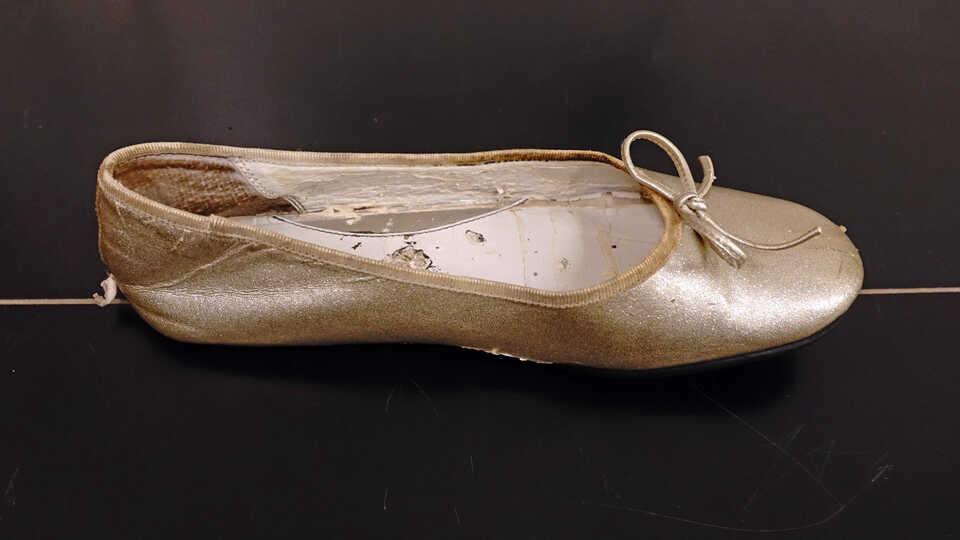
Dunker practiced with the girl’s remaining shoe before removing the shoe Claude swallowed. The girl left barefoot, Claude made a complete recovery.

The Amazon Flooded Forest’s red-tailed catfish are not picky eaters. Dunker pulled these items out by hand. (The fish are fine.)
On the other end of the animal size spectrum, one of Dunker’s most difficult surgeries at the Academy involved a dwarf seahorse whose babies were stuck in its pouch.
Dunker had to surgically remove the babies using a magnifying glass while the seahorse was sedated (using anesthesia in the water). Unfortunately, the babies did not survive the procedure—but the male adult did.
More recently, in 2023, a newly hatched African penguin named Ignatz slipped a tendon in his foot—a potentially disastrous condition for a young bird just learning to waddle and swim.
After consulting with outside experts and Academy biologists, Dunker assisted a local small animal surgeon with the operation and successfully stabilized Iggie’s tendon with a screw and washer.
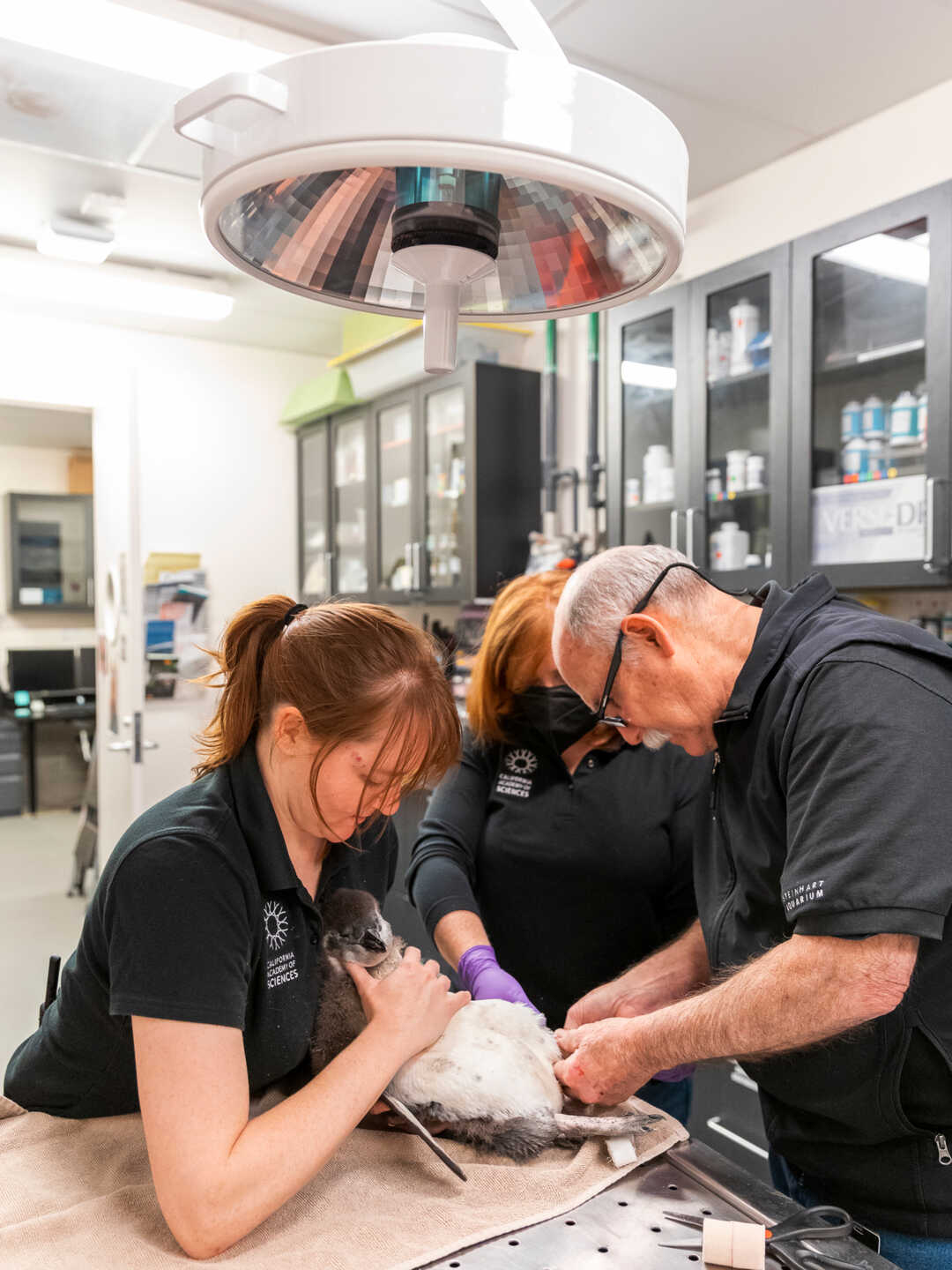
Dunker examines Iggie’s bad foot before his tendon operation.
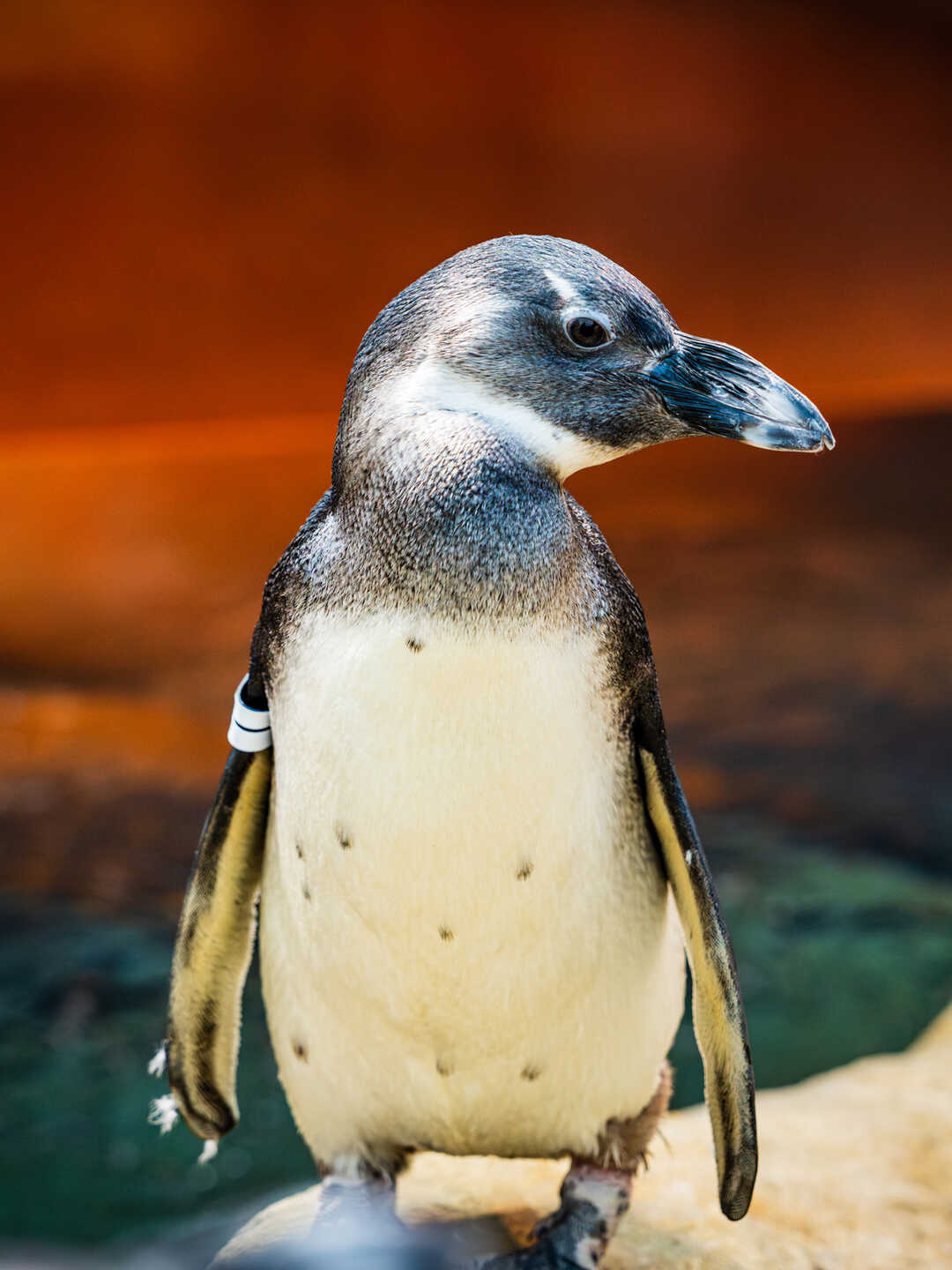
Six months after his surgery, Iggie is healthy, thriving, and back on exhibit.
This happy outcome was also a historic milestone: It was the first time this surgical technique was used effectively on an African penguin, and will be published in the Journal of Zoo and Wildlife Medicine for use in future cases worldwide.
Today, Iggie is bootless and thriving, and loves causing a ruckus in the colony.
Dunker’s empathy and compassion for animals is apparent, but it’s especially obvious when discussing the evolution of veterinary medicine over the years.
“Post-operative pain relief is a very important factor now,” says Dunker. “The quality of healing is better now because animals heal faster when they’re not in pain.”
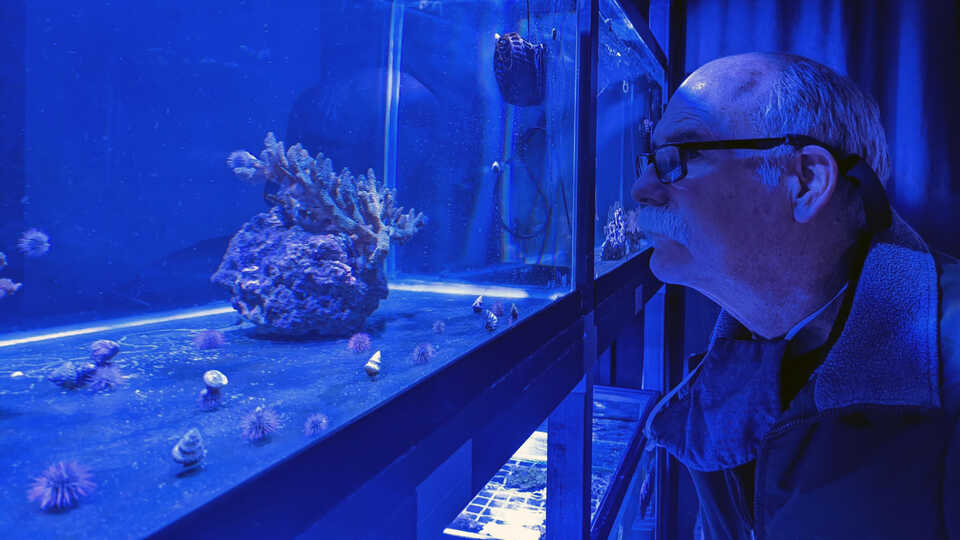
Dunker conducting a visual exam of Acropora coral in the Academy’s Coral Regeneration Lab.
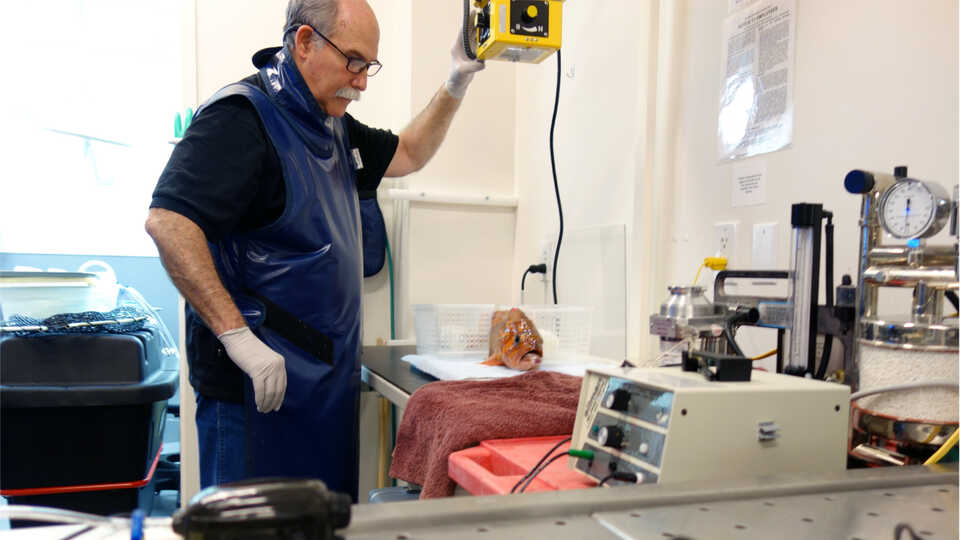
An anesthetized canary rockfish from the California Coast exhibit getting x-rayed during an exam.
He explained that when pain is properly managed, connective tissue organizes itself in a more orderly fashion, ultimately resulting in faster healing. He went into far more detail than space allows here, reinforcing the deep scholarship and curiosity that underlies his practice.
Dunker’s commitment to continual improvement is cherished by peers and students alike, including this former Academy colleague:
What Dunker enjoyed most about his job was working with the biologists, combining their knowledge about animals’ behavioral needs with his insights about medical needs.
“Our living collection is so well taken care of because of the collaboration between the animal husbandry and veterinary departments,” says Dunker.
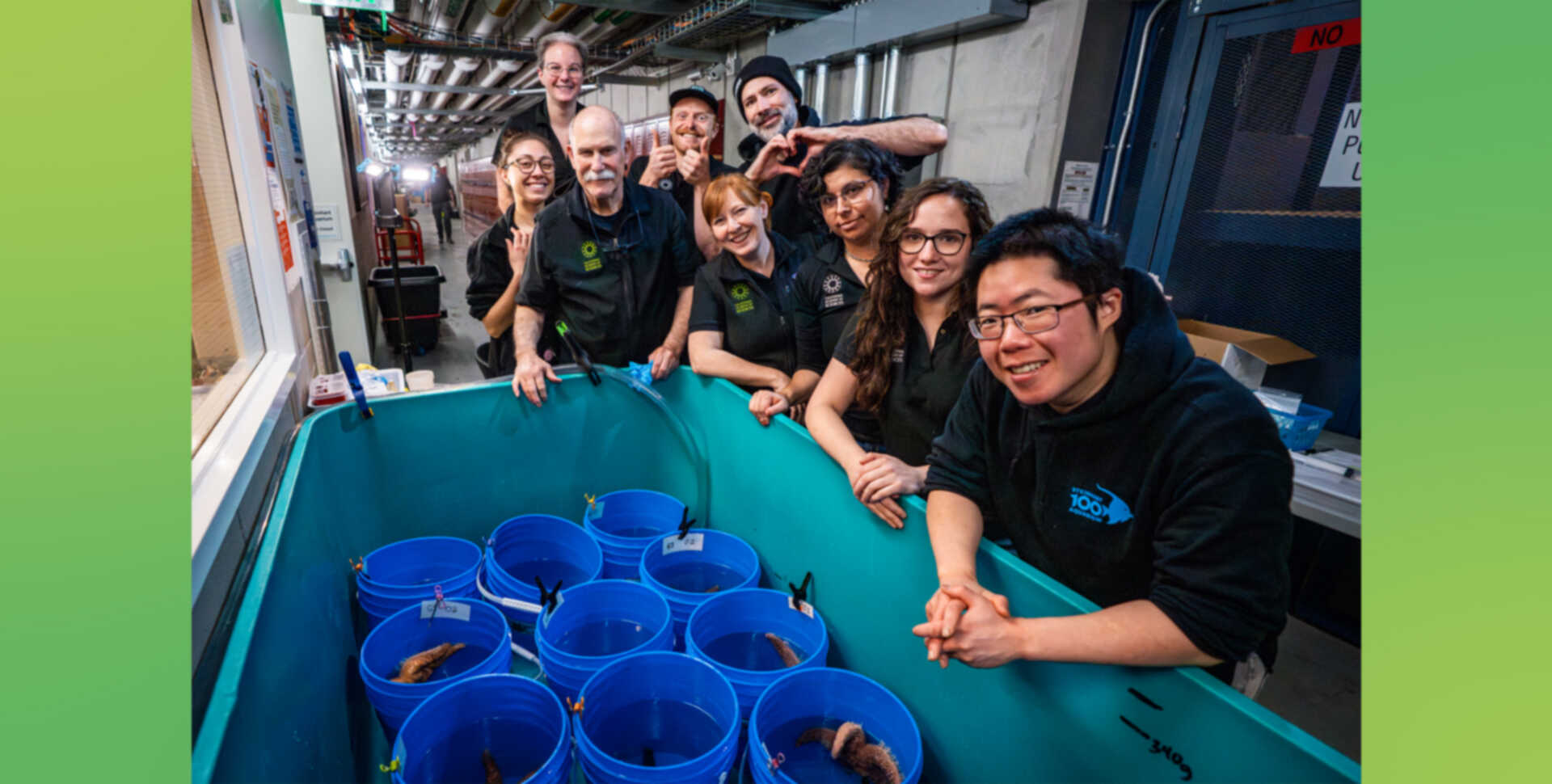
As the new senior veterinarian following in Dunker's footsteps, Dr. Lana Krol plans to continue his legacy of collaboration and teamwork:
Dunker has only been retired for a week, so he hasn’t quite mastered the art of leisure yet. He looks forward to doing occasional veterinary relief work and lending a hand at the Academy if needed, as well as traveling to Alaska with his family.
The next time you’re visiting the Academy, you can check in on Dunker’s namesake yourself: Dunker the African penguin! He’s the dapper fellow sporting a red wingband on his left flipper.



